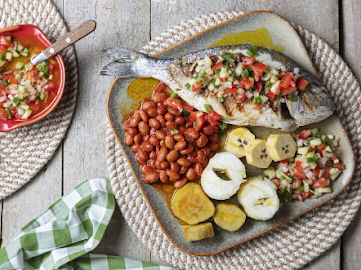The Green sea turtle
The green sea turtle (Chelonia mydas) of the Cheloniidae family is a genus of large sea turtle. It is the only species within the Chelonia genus. Its range stretches all over the world across tropical and subtropical seas, with two distinct populations in the Atlantic and Pacific Oceans, but is also present in the Indian Ocean. Adult green sea turtles prefer to live near seaside grass beds, mangroves and coral reefs while younger ones live further away from shore. Green sea turtles are one of the largest turtle species in the world, weighing about 65-130 kg and ranging between 1-1.2 m in length. Animals have a thick shell of tear-drop shape, called a' carapace,' covering most of their body except for their head and four flippers. Their carapace can contain shades of various colours, including dark brown, green, olive, yellow, and black. Chelonia mydas is classified by IUCN and CITES as endangered and is protected from exploitation in most countries. Collecti...

